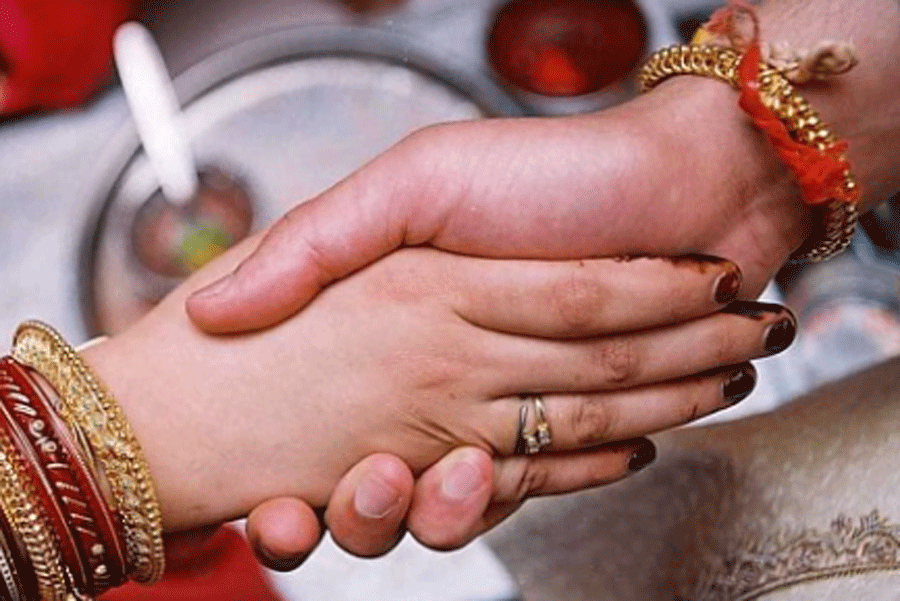Action for change can have unexpected beginnings. Some young couples from states spread across the country used the Constitution as the text for their marriage in place of religious mantras. That their reasons differed each time demonstrates the Constitution’s richness. Their courage allowed them to eschew convention, but that was not always admired. One couple mentioned some angry reactions, demanding that they believe in religion and not go against dharma. But these brides and grooms chose the Constitution as their religion and, as one said, their main dharma was India. This is a quiet and firm inversion of the image of India being projected by the ruling political dispensation. Rejecting the usual Indian wedding as being more about relatives and rituals, these couples turned marriage into a promise of a relationship of ‘trust, friendship and equality’ and of a society free of caste and gender biases.
The earliest known such marriage occurred in 2016. The man is a mountaineer who carried the text of the Preamble when he scaled the highest peaks, and was thrilled when his fiancée agreed — happily — to marry him in an orphanage with the Constitution as marriage text and the distribution of rations to the children as marriage feast. He felt that it is men’s attitudes that must be re-trained for equality; he, too, occasionally needed to remind himself of their joint values to suppress his male ego. Such insights are all the more valuable because they come from the young. Two other couples were engaged in popularising the Constitution when they met. The Constitution-makers envisaged a free and equal society, but it is unlikely they thought that the text had Cupid’s powers.
Such weddings would not have been possible without the concurrence of the families, which suggests a progressive outlook as well as a desire to respect the wishes of adult children. The bride and groom in Rajasthan were both advocates, and read out seven pledges based on constitutional values prepared by the bride’s father as they took their seven steps. Not only did they have pictures of Jyotirao Phule, B.R. Ambedkar, Bhagat Singh and Mahatma Gandhi on the marriage dais, but they also promised to draw inspiration from them for an anti-caste society. The bride emphasised that it was the Constitution that had emancipated women. The couple in Kerala, who had met as participants in a Constitution literacy programme, had pictures of Ambedkar and Gandhi at the venue too, had the Preamble put up as flex, held the text in their hands during the wedding and distributed leaflets with the main constitutional articles to their guests.
These weddings could be harbingers of a change yet unforeseen. Opposing the ideas being injected today, they underline the Constitution’s outstanding features: secularism, equality of caste and gender, the right to choose a partner, dignity and mutual respect in marriage and the freedom to act according to beliefs that do not harm others.










